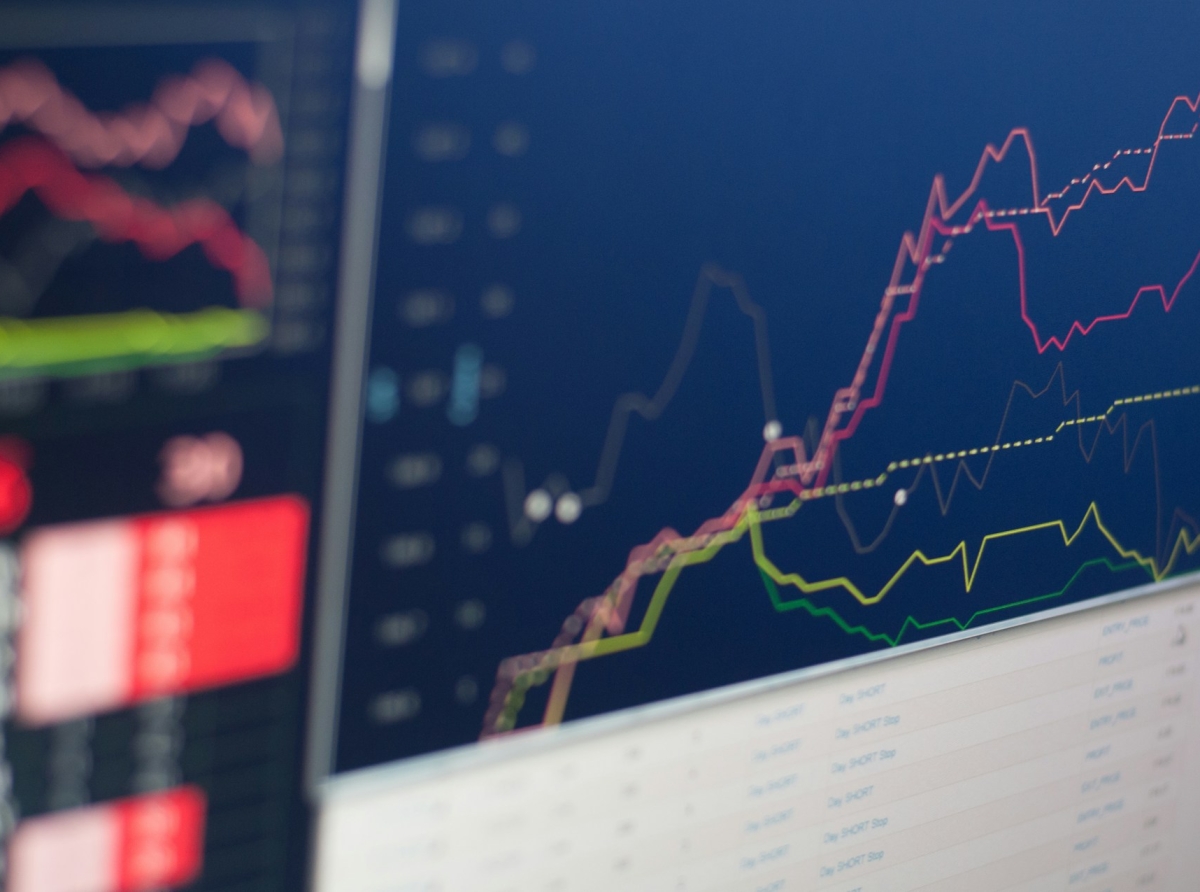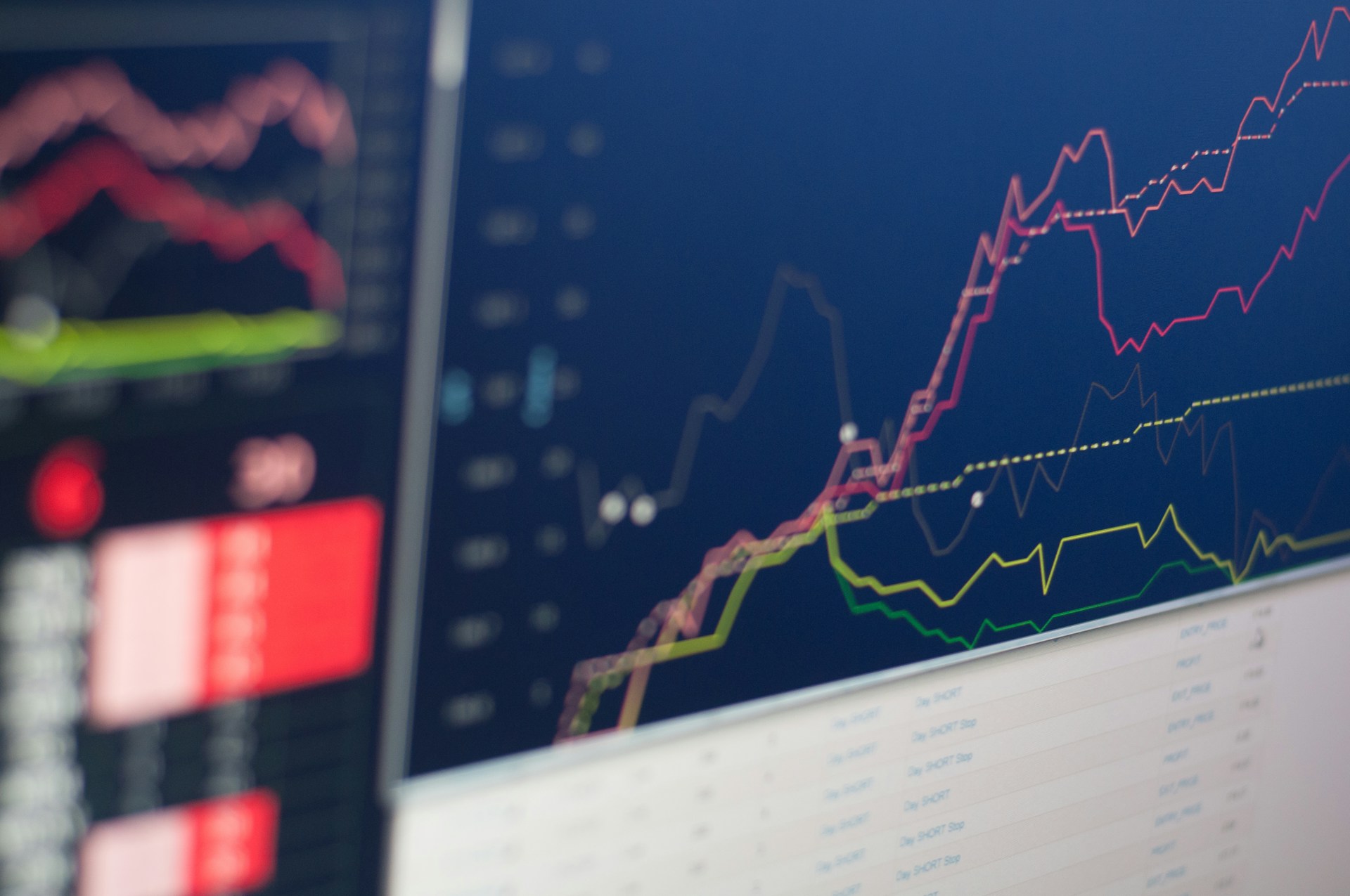Understanding Psychological Price Levels in Forex Trading

Understanding Psychological Price Levels in Forex Trading
Forex trading, also known as foreign exchange trading or currency trading, is the act of buying and selling currencies with the aim of making a profit from the changes in their value. It is the largest financial market in the world, with trillions of dollars traded daily by banks, institutions, and individual traders.
One of the fascinating aspects of Forex trading is the influence of psychological price levels on currency value. These are price points that traders perceive as important due to common human behavior patterns and reactions to certain numbers. They often represent round numbers such as 1.3000 on EUR/USD or 110.00 on USD/JPY, which attract attention due to their simplicity and ease of recall.
One of the fascinating aspects of Forex trading is the influence of psychological price levels on currency value. These are price points that traders perceive as important due to common human behavior patterns and reactions to certain numbers. They often represent round numbers such as 1.3000 on EUR/USD or 110.00 on USD/JPY, which attract attention due to their simplicity and ease of recall.

Understanding Psychological Price Levels in Forex Trading
The Role of Human Psychology in Financial Markets
The financial markets are not solely driven by fundamentals such as economic data releases or central bank announcements; they are also affected by the psychology of market participants. The collective sentiment and behavior can significantly influence price movements, creating self-fulfilling prophecies around certain price levels.For instance, many traders might place buy orders at a perceived support level or take profit at a round number, anticipating that other traders will do the same. This herd behavior can lead to an increase in demand at these levels, potentially leading to noticeable price movements when these orders are executed.
Identifying Psychological Price Levels in Forex Charts
Traders can identify psychological price levels in several ways. Firstly, round numbers tend to act as psychological barriers because they are easy for traders to remember and act upon. Secondly, historical support and resistance levels can also become psychological points as traders remember past instances where the price reacted at these levels.These levels impact trading decisions as they provide natural points for setting trade entry, exit points, and stop-loss placements. Traders often expect a reaction when prices approach these psychological barriers and may adjust their trades accordingly.
Integrating Psychological Levels into Forex Trading Strategies
Integrating psychological pricing into trading strategies requires a blend of technical analysis and an understanding of market sentiment. Traders may use tools like pivot points or Fibonacci retracements along with observing round numbers to gauge potential reaction points.Real-world examples show that respecting these psychological levels can enhance strategy effectiveness. For example, breakout strategies may wait for a decisive closure beyond a round number before confirming entry into a new position since breaking through such a level could signal strength in movement direction.
In conclusion, understanding and incorporating psychological price levels into Forex trading strategies is essential for informed decision-making. These levels offer additional layers of complexity beyond traditional technical analysis but also provide opportunities for strategic entries and exits based on collective market psychology.
Recognizing these patterns and integrating them into one’s trading approach can help traders align themselves with prevailing market sentiments—a crucial component for long-term success in the volatile world of Forex trading.
Tags: Forex Trading, Psychological Price Levels, Trading Strategies, Market Analysis, Technical Analysis









Report
My comments